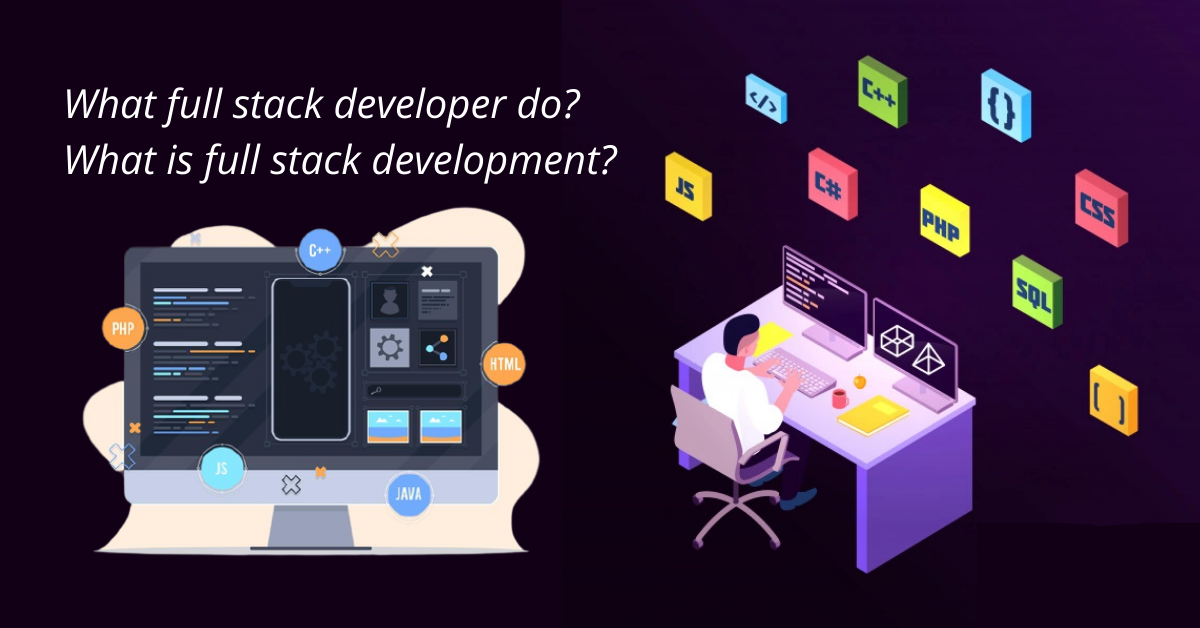Full stack developers can handle both front-end and back-end languages, frameworks, servers, networks, and hosting environments.
A full-stack developer knows languages such as JavaScript, C + +, Ruby, HTML, and CSS and has the skill to create beautiful, functional, and interactive front-end web applications.
Understanding server management allows developers to fix slow applications and determine how scalable their website is to engage more users.
A full-stack developer is a web developer or engineer who works on both the front and back of a website or application, which means that he or she tackles projects involving databases, creates user-oriented websites, and works with clients during the planning phase of a project.
In general, full-stack developers are responsible for building front and backend structures and work with other professionals to design, program, test, and refine innovative applications.
Once you have mastered the skills required for two people, you can expect to receive a higher salary than a front-end or backend developer.
Contrary to what many people think, Full Stack does not mean that every developer writes all the site code himself. A full-stack developer can specialize in one particular backend programming language, such as Ruby, PHP, or Python, or work for a while as a developer and work on more than one.
The word “full stack” refers to someone who knows how to handle project management and install the right operating system and server.
A full-stack developer provides unprecedented freedom to work on both front-end and back-end development and assess your website’s capabilities and potential in real-time, without waiting for a developer to check whether or not you want to do anything.
In the second part, we will explain the difference between a developer and an engineer of a full stack.
Let’s first think about how to define a full stack development. Complete stack development includes each project where you work simultaneously to create the front and back end of a website or app.
Full-stack developers create functional databases and servers that support client-oriented content, evaluate responsive end-user apps, and troubleshoot when needed.
They keep abreast of the latest industry trends and new technologies and know-how to use emerging technologies to meet the needs of their employers.
You need to learn operating systems, backend and front-end development, popular programming languages, and the construction of databases and functions.
It is common in the tech industry for backend developers to be paid to work on the drive-through (see challenging), but the gap is closing as front-end development becomes more demanding and more technologies share the two roles.
Many employers are looking for developers who know how to work on both the front and the backend of websites and applications




